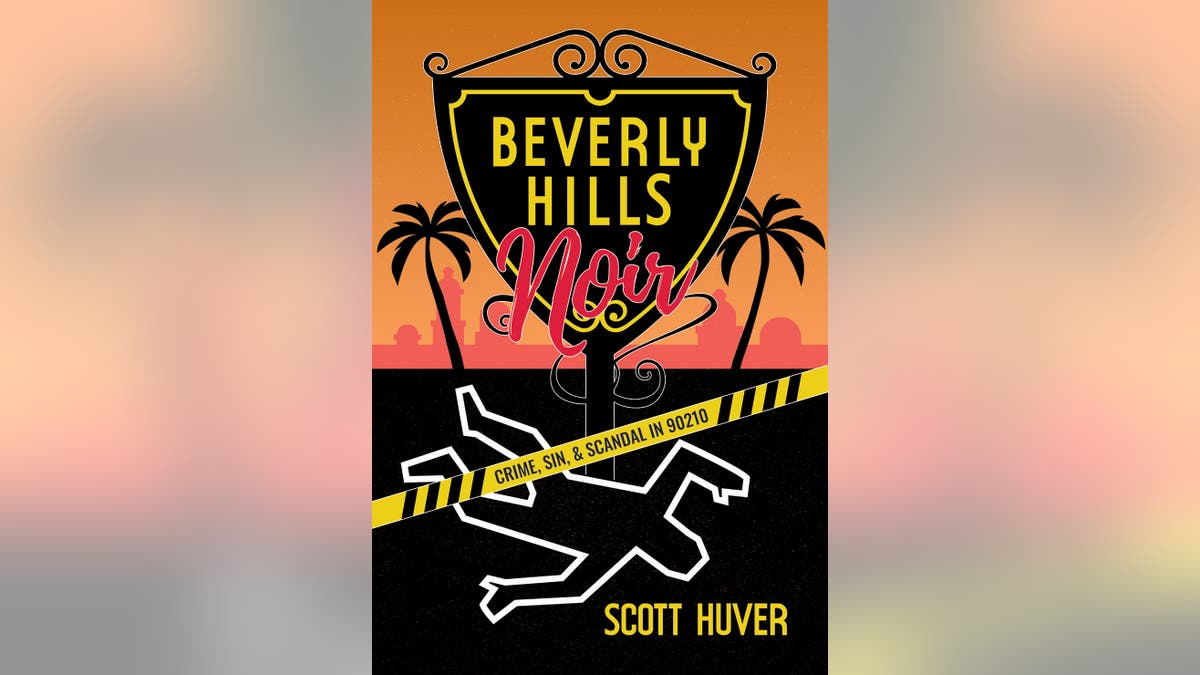The Sinister Night of Sinatra: When Stars Collided
Beverly Hills is often seen as the gleaming paradise of Hollywood — a land bursting with glitz and glamour. Yet beneath this facade lies a history riddled with crime and scandal. Author Scott Huver takes readers on a thrilling ride through this dark side in his new book, Beverly Hills Noir: Crime, Sin, & Scandal in 90210. Among the many captivating tales, one incident stands out: a near-fatal brawl involving the legendary Frank Sinatra, Dean Martin, and a wealthy art collector.
 Sinatra and Martin: Icons of their Era
Sinatra and Martin: Icons of their Era
A Fateful Evening
On June 8, 1966, the Polo Lounge in Beverly Hills buzzed with the type of clientele that made the establishment legendary. Among them were Sinatra and Martin, surrounded by friends including Sinatra’s devoted bodyguard Jilly Rizzo and actor Richard Conte. Amid the laughter and clinking of glasses, an unsettling tension seeped into the atmosphere when Frederick Rand Weisman, a prominent art collector, became increasingly irritated by the raucous revelry around him.
According to Huver’s extensive research, Weisman’s request for the group to tone it down was met with hostility. As tensions erupted, Sinatra allegedly hurled a phone at Weisman, resulting in a catastrophic blow that left the art collector unconscious. Weisman, who underwent a painful three-hour procedure to address a skull fracture, lived for another 28 years, but the scars of that night never truly healed.
“These two guys were at the very top of the entertainment food chain,” Huver recounts, emphasizing the cultural weight carried by the icons involved in this sordid affair. “They couldn’t have been more popular; they couldn’t have been more well-paid.”
The severity of the encounter led some to speculate whether the notoriety from this incident overshadowed the celebrity status of both Sinatra and Martin.
 Huver’s book delves into the various layers of this infamous brawl
Huver’s book delves into the various layers of this infamous brawl
Speculation and Mystery
Huver’s exploration into this incredible moment in Hollywood history reveals how tales of the confrontation can vary dramatically, with eyewitnesses providing conflicting accounts. Was it an innocent joke that escalated beyond control, or was it a deeply personal grudge that led to such a violent outburst?
Regardless of what really transpired that night, the incident reveals the thin veneer of civility that often cloaks the lives and relationships of the rich and famous.
Such incidents pose unique cultural questions about fame and consequence. The duration of Weisman’s post-incident life, filled with ever-compounding mysteries about that night, reveals the burden that accompanies celebrity, even long after the spotlight fades.
A Cautionary Tale
In a broader cultural context, this incident serves as a cautionary tale about the consequences of celebrity culture. The pressures faced by public figures have triggered many famous downfalls, while also providing fodder for fixer narratives, where offenses are often swept under the rug. Readers of Huver’s work will find themselves grappling with the inherent dangers of glamour intertwined with despair, unraveling the complexities that come with fortune and fame.
 A snapshot of a time when fame collided with scandal
A snapshot of a time when fame collided with scandal
The Legacy of Violence in Glamour
Valuable lessons lie within the blurred lines between Hollywood stardom and personal turbulence. The brawl symbolized a moment when emotional outbursts intersected with celebrity personas. Huver captures this intersection powerfully, diving into the aftermath of that altercation while contemplating the long-stretched implications it had on perceptions of celebrity behavior.
The Implications in a Broader Context
Furthermore, Huver’s keen eye on the darker corners of fame reflects the collective need for society to continuously grapple with morality as it relates to celebrity behavior. As the film industry evolves and new icons emerge, the cultural appetite for scandal remains ferociously unchanged. History teaches us to dissect celebrity hierarchies and the often-overlooked realities of mental health and well-being that underlie the smiles behind the camera.
 Media attention often magnifies moments of conflict, creating narratives that may overshadow the truth
Media attention often magnifies moments of conflict, creating narratives that may overshadow the truth
Conclusion: Embracing the Shadows
The sinister undercurrents reflected throughout Beverly Hills Noir invite readers to not just glance at the glamor but to embody an understanding that fame comes with challenges often neglected by its followers. The tale of Sinatra and Martin’s Beverly Hills brawl signifies how the veneer of celebrity can quickly thin in the shadow of violent moments.
As Huver delves deeper into such historic events filled with betrayal, camaraderie, and chaotic memories, he poses a simple question: What does it mean to find identity in a world that worships celebrity, yet fails to recognize its complexities? It continues to be a tale to tell, engaging generations who find allure in the unpredictable tapestry woven by fame and tragedy alike.














